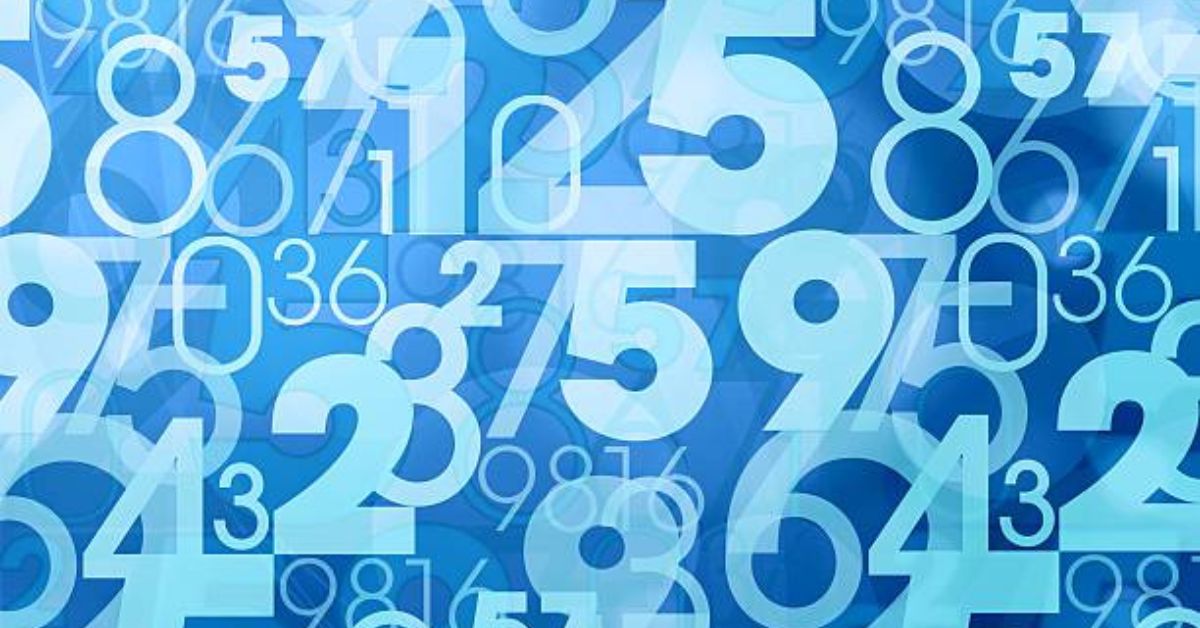Understanding the Significance of the Values “0.0136888 – 9.8328” in Different Contexts
When encountering values such as “0.0136888 – 9.8328,” one may initially wonder about their relevance. These numbers, although seemingly arbitrary at first glance, could hold varying meanings depending on the context in which they are used. Whether in scientific research, mathematical modeling, data analysis, or other fields, these numbers may offer deeper insights into the subject matter they are associated with. 0.0136888 – 9.8328 This article will explore the potential interpretations, uses, and significance of these values across various domains.
The Concept of Numerical Precision and Significance
Before diving into specific contexts, it’s important to address the concept of numerical precision. The numbers “0.0136888 – 9.8328” are both expressed with several decimal places, indicating a high level of precision in their representation. In scientific and technical fields, such precision is crucial as it signifies the accuracy of measurements, calculations, and predictions. For instance, in experiments where minute differences in values matter—such as chemical reactions, physical experiments, or financial calculations—precise figures are essential for obtaining reliable results.
The Role of “0.0136888 – 9.8328” in Scientific and Technical Contexts
“0.0136888 – 9.8328” might appear in a variety of contexts where precision and fine measurements are required. For instance, in the world of physics, engineering, and chemistry, such a number could be the result of a measurement or calculation involving constants, properties of materials, or experimental outcomes. In physics, for example, constants like the gravitational constant or other coefficients in equations of motion might involve numbers with many decimal places.
In chemistry, a number like “0.0136888” could represent a molar concentration, the exact amount of a substance in a solution, or a rate of reaction in kinetics studies. High precision is often needed in these domains because small differences can lead to vastly different results, especially in laboratory conditions. A discrepancy of even a few decimal points could cause a significant change in the outcome of an experiment or the efficiency of a chemical process.
Similarly, in engineering, especially when dealing with materials science, measurements of stress, strain, temperature coefficients, or material properties could involve values like “0.0136888.” The accuracy of such numbers ensures that designs are safe, functional, and optimized for performance under specific conditions.
How “0.0136888 – 9.8328” Can Be Applied in Mathematical and Statistical Analysis
The number “0.0136888 – 9.8328” might hold significance in various mathematical or statistical scenarios. For example, in statistical analysis, “9.8328” could represent a test statistic or a value derived from an important formula. In the realm of hypothesis testing, one might encounter such values when comparing the significance of data points against a theoretical distribution, such as the normal distribution or t-distribution.
For instance, a value of “0.0136888 – 9.8328” might be found when calculating critical values in hypothesis testing, where such a number could indicate the threshold beyond which one would reject a null hypothesis. Depending on the degrees of freedom and the confidence level set for the test, a value like “9.8328” could be a critical value in a chi-square test or an F-test, both of which are widely used in inferential statistics.
In the context of regression analysis, “0.0136888 – 9.8328” could represent the outcome of a coefficient or intercept, providing valuable information about the relationship between variables. For instance, a linear regression model might yield a coefficient value of “9.8328,” which indicates the change in the dependent variable for every one-unit change in the independent variable.
Real-World Examples of “0.0136888 – 9.8328” in Finance and Economics
In the financial world, both “0.0136888 – 9.8328” could represent values related to returns on investments, interest rates, or financial ratios. The value “0.0136888” could signify a small change in the value of an asset or a fractional return over a given period. For example, if an investment grows by a value of “0.0136888” over a year, this represents a return of 1.36888% on the investment. In more complex financial models, such values are often used to assess the performance of stocks, bonds, or portfolios over time.
Conversely, “0.0136888 – 9.8328” could represent a more substantial number in the context of economics or finance. For example, it could represent an interest rate, inflation rate, or GDP growth rate over a certain period. If, for example, a country’s inflation rate over the past year was “9.8328%”, it could signify a period of high inflation, which might lead to discussions on monetary policy, currency valuation, and overall economic stability.
Similarly, financial models such as the Black-Scholes option pricing model or other valuation techniques may include numbers like “0.0136888 – 9.8328” as inputs or results. In these models, precision is necessary to evaluate the fair value of options, future contracts, or other financial instruments accurately. Even small differences in these values can lead to significant changes in pricing, particularly in volatile markets.
The Use of “0.0136888 – 9.8328” in Technology and Machine Learning
In the ever-evolving field of technology and machine learning, numbers like “0.0136888” and “9.8328” are often used in model parameters, error rates, and output values. Machine learning algorithms, especially those in areas like deep learning, require fine-tuned parameters for optimal performance. Such values could represent small learning rates, optimization constants, or the output of activation functions, which guide the training of models.
For instance, a machine learning algorithm might have a learning rate of “0.0136888,” meaning that the model adjusts its weights by this amount during each iteration of the training process. Smaller learning rates can lead to more gradual convergence and, in some cases, better generalization of the model to new data. On the other hand, larger learning rates may result in faster convergence but run the risk of overshooting the optimal solution, especially in complex models.
In image processing or computer vision, values like “9.8328” might be used in pixel intensity values or as parameters for filters in convolutional neural networks (CNNs). These values could represent the strength of certain features detected in an image, helping the system identify patterns such as edges, textures, or shapes with greater accuracy.
Philosophical and Conceptual Interpretation of Precise Numbers
While “0.0136888” and “9.8328” are typically used in scientific and technical contexts, they also offer interesting avenues for philosophical or conceptual exploration. Numbers, especially those with many decimal places, often provoke questions about the limits of human knowledge and the quest for precision. How many decimal places are necessary to achieve meaningful results? At what point does further precision become irrelevant in the context of a real-world application?
For example, in everyday life, the number of decimal places used to represent a quantity might be overkill. When measuring a cup of sugar for baking, one doesn’t need the precision of “0.0136888.” However, in a scientific or technical context, such accuracy could be the difference between success and failure. This difference raises interesting questions about the trade-off between precision and practicality, especially in areas like engineering, technology, and research.
Conclusion
In conclusion, the numbers “0.0136888 – 9.8328” can hold diverse meanings depending on the domain in which they are used. From scientific measurements and mathematical analysis to financial models and machine learning algorithms, these values reflect the need for precision and careful analysis in various fields. They may appear as insignificant at first, but in reality, they often carry immense value, guiding decisions, shaping outcomes, and driving innovation across multiple disciplines. Understanding the significance of such precise figures can lead to deeper insights and more effective solutions in both theoretical and applied contexts.







